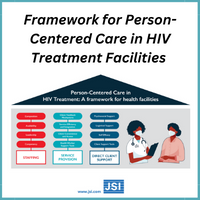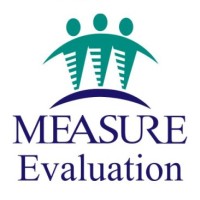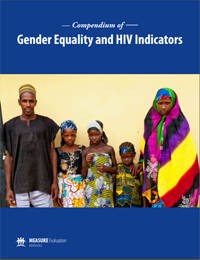
Les approches de soins centrées sur la personne peuvent aider les personnes vivant avec le VIH à poursuivre leur traitement et à améliorer leur qualité de vie globale. Cependant, une approche cohérente de l'utilisation…
En savoir plus...Affichage des résultats pour: VIH & SIDA

Les approches de soins centrées sur la personne peuvent aider les personnes vivant avec le VIH à poursuivre leur traitement et à améliorer leur qualité de vie globale. Cependant, une approche cohérente de l'utilisation…
En savoir plus...Discuter de l'utilisation de la PrEP peut être difficile pour les prestataires de services dans certains scénarios. Pour aborder ce sujet, Vous êtes développé et affiche intitulée, « PrEP Votre…
En savoir plus...Faciliter l'acquisition de connaissances et la compréhension autour de Indétectable = Intransmissible (U=U) d'une manière de réponse des jeunes, le comité de la Elizabeth Glaser Pediatric AIDS Foundation…
En savoir plus...RISE Haïti-SPOTLIGHT a développé un “Guide de formation pour l'amélioration de la relation client-prestataire dans la prestation de services VIH centrés sur la personne dans les établissements de santé” par une approche collaborative et inclusive.…
En savoir plus...À la Conférence internationale sur le sida et les IST en Afrique (ICASA), l'Institut John Snow, CHEMIN, OMS, et Social Health and Empowerment Feminist Collective organisé…
En savoir plus...
Cette présentation, créé par MEASURE Evaluation, discute du suivi et de l'évaluation du genre et du VIH. Il suppose une connaissance de base du suivi et de l'évaluation. Commençant par…
En savoir plus...
Le recueil d'indicateurs est le résultat d'une collaboration internationale de donateurs multi et bilatéraux (y compris ONU-Femmes, ONUSIDA, OMS, USAID, PEPFAR, GFATM), société civile,…
En savoir plus...Dans le contexte de la poursuite de la pandémie de COVID-19, L'ICAP et la Columbia Mailman School of Public Health ont commémoré la Journée mondiale de lutte contre le sida 2021 avec un événement…
En savoir plus...La Bloomberg School of Public Health de l'Université Johns Hopkins présente un podcast contenant des preuves et des experts pour aider les auditeurs à comprendre l'actualité actuelle en matière de santé publique.. Commence à écouter…
En savoir plus...La base de données des indicateurs de planification familiale et de santé reproductive fournit une liste complète des indicateurs les plus largement utilisés pour évaluer la planification familiale et la santé reproductive.…
En savoir plus...